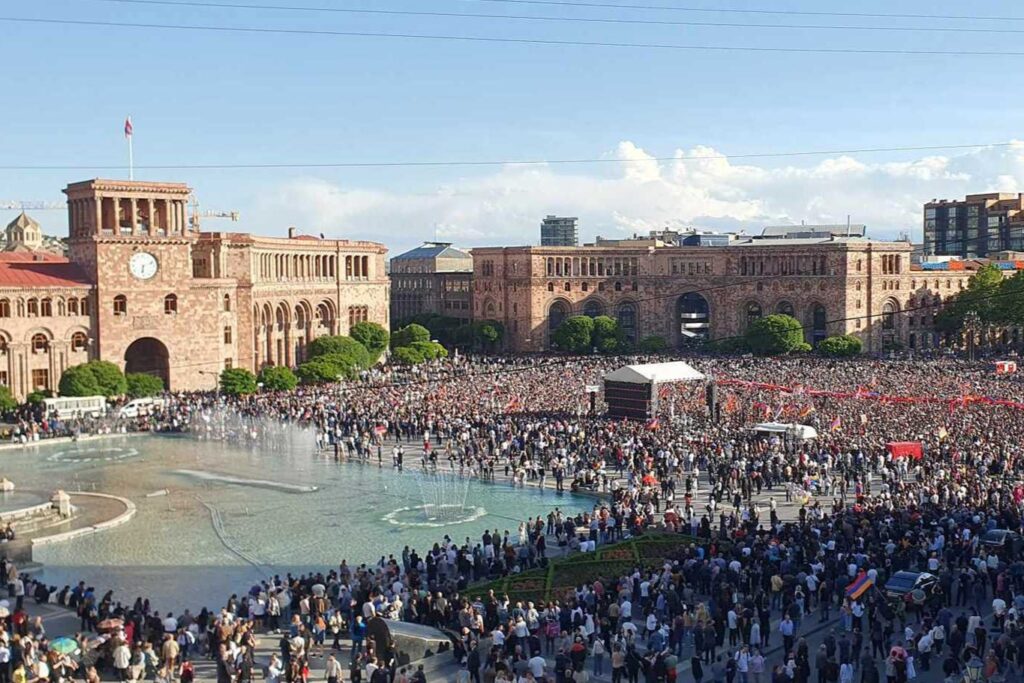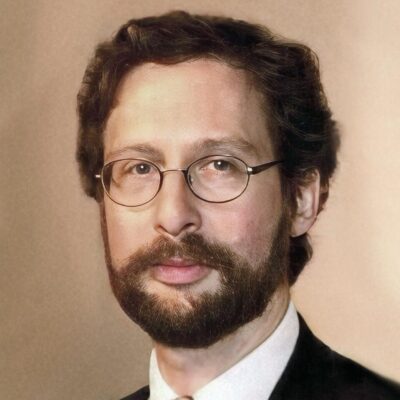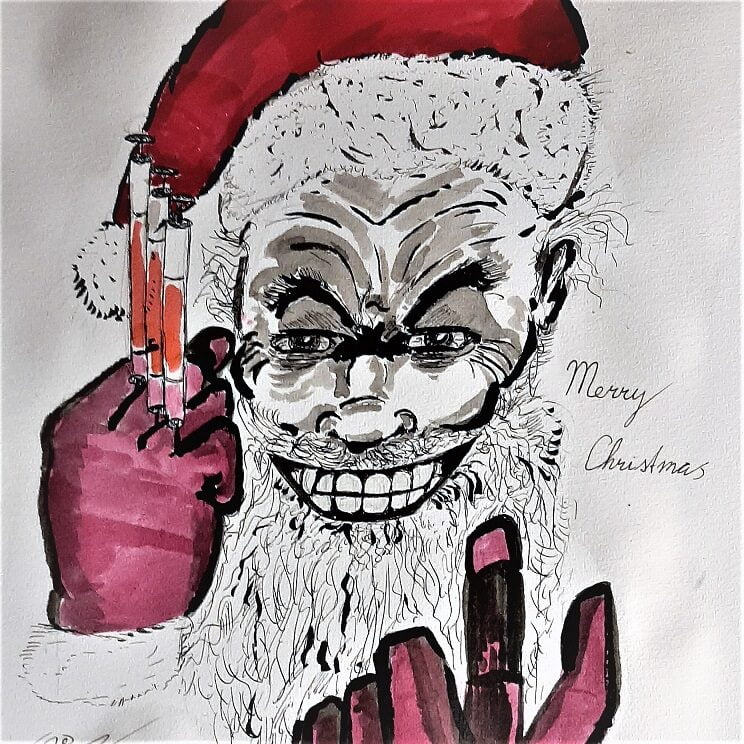
Protests have erupted in Armenia following the return of four border villages to Azerbaijan that Armenia had occupied since the early 1990s. Negotiations between the Armenian and Azerbaijani governments meanwhile continue over nailing down a comprehensive peace settlement. The background to the current unrest goes back two centuries.
By Robert M. Cutler
Archbishop of the Armenian Apostolic Church Bagrat Galstanyan is leading the demonstrations demanding Prime Minister Nikol Pashinyan's resignation. Many opposition figures are touting him as the man who would oust and succeed Pashinyan. Still, as a dual citizen of Armenia and Canada, Galstanyan is constitutionally prohibited.
The Historical Context
Armenians began settling in Karabakh following Russia’s decisive triumph over the Persian Empire in the Russo-Persian Wars of the early nineteenth century. Following the 1828 Treaty of Turkmenchay, Christians from Persia were permitted and invited to relocate to the Russian Empire in Karabakh and other South Caucasus regions like Javakheti in Georgia. They were predominantly Armenians. Since then, Armenian demography has served the interests of Imperial Russian, then Soviet, and now Russian Federation influence in the South Caucasus.
Although Azerbaijanis were never part of the Ottoman Empire, Armenians nevertheless conflate them with the Anatolian Turks, with whom they have cultural, historical, and even linguistic differences. Some observers see racist overtones in such a willful confusion, particularly given the contempt with which Armenians often use the term. Pashinyan’s detractors, for example, regularly denounce him as a “Turk”, by which they mean “not one of us” or “not a true Armenian”.
Despite the Armenian diaspora’s claims, Armenians, by their testimony, were not ethnically cleansed from Karabakh. They were subject to no violence and chose on their own to leave. They were often told by their local Armenian authorities, in a failed attempt to demonstrate the impossibility of cohabitation, that they would be massacred if they did not leave.
However, that was not true. Widespread real-time international coverage of their exit revealed no violence against them. A mission of the United Nations to the region found no reports of violence against Armenians who left the area in late 2023.
Accusations about ethnic cleansing invite a look back to 1987–1988. That was when the current conflict began. Armenians in southern Armenia expelled about 180,000 Azerbaijanis who had lived there for generations.
This region of south Armenia is historically the western part of Azerbaijan’s ancestral lands, which they call Zangezur. Much of contemporary Armenia was under the sway of Azerbaijani khanates for centuries before these were absorbed into the Russian Empire in the early nineteenth century.
Those events represent the fourth time that Armenians had ethnically cleansed Azerbaijanis in the twentieth century. Previous xenophobic outbreaks occurred toward the end of Stalin’s rule (late 1940s and early 1950s) under the guise of Soviet administrative law and also during the much more violent “re-Armenianization” military campaign during the Russian Civil War (1917–1921), as well as during clashes earlier in the century (1905–1907).
Nevertheless, during the Soviet period, the two peoples lived harmoniously together. There were innumerable interpersonal friendships, legendary cultural exchanges, and significant degrees of intermarriage. It was when Gorbachev’s glasnost and perestroika policies opened the Soviet Union to the world that this changed dramatically. The international Armenian diaspora immediately intervened in domestic Armenian affairs.
The Role of the Diaspora
For nearly a century, this diaspora had overtly conserved all the divisive and xenophobic sentiments that were mostly repressed in Armenia proper under the Soviet regime. They supported an assassination campaign against Turkish diplomats in the 1980s and 1990s.
The then-president of the highly influential Armenian National Committee of America (ANCA), Mourad Topolian, was even indicted in 1999 for recruiting and training bombers and assassins. In the end, he pled guilty to storing stolen explosives and owning two machine guns, serving three years in prison.
It was the Armenian diaspora’s political organisations, such as ANCA, that most vocally publicised the false reports of ethnic cleansing of Karabakh in 2023. They were the primary political support of Karabakh separatism in the early 1990s and the primary financial support of the terrorists-turned-politicians from Karabakh who usurped power in Yerevan in subsequent years.
As mentioned above, the September 2023 Azerbaijani “anti-terrorist operation” did not involve attacks against Armenian civilians. It was, instead, the final phase of ending the Armenian military occupation, as four UN Security Resolutions in 1993 had underscored that this was sovereign Azerbaijani territory. The European Court of Human Rights established in 2015 that the occupation was not by “local self-defence” forces but rather by military formations supplied, managed, and directed by Yerevan, including soldiers and commanders from the main body of Armenia.
A significant factor in the prolongation of the conflict has been the residual control exerted by Karabakh leaders, Robert Kocharyan (President of Armenia, 1998–2008) and Serzh Sargsyan (President of Armenia, 2008–2018), over the Armenian state apparatus. These Karabakh leaders kept the Armenian population in poverty, enriching themselves and their associates.
Pashinyan rose to power in 2018 through widespread street protests that opposed the long-standing rule of the Karabakh leaders. However, his leadership has been inconsistent, often swaying with political pressures from irredentist political forces within Armenia and the influential diaspora.
Pashinyan appears to have pursued a peaceful South Caucasus and normalised relations with Azerbaijan. The agenda of the opposition, egged on by the radical diaspora, is the opposite. This is clear from their demand not even for new snap elections but Pashinyan’s resignation as prime minister. Such an event is improbable, and both sides must know this. There is no serious political threat to the Pashinyan administration because he retains a parliamentary majority. Consequently, a change of power in Armenia is unlikely in the near term.
The strength of the opposition nevertheless signifies the influence of some popular discontent with Pashinyan. It means the strength of decades of political socialisation of the population under the influence of xenophobic ideology, propagated not only by the Karabakh clan but also heavily sponsored and promoted by the radical diaspora, especially in the U.S. and France. For this reason, Pashinyan must be able to point to economic and other material benefits of peace in the run-up to elections for the next parliament, whenever he calls them, presumably in 2026.
Azerbaijan, Georgia, and Turkey are ready to offer him support, as they have been since the late 2000s when the Karabakh clique led by Kocharyan and Sargsyan refused it. If Pashinyan continues to try to sit on two stools simultaneously (Russia and the West), he risks falling between them as the distance between them relentlessly increases. The first essential step is to sign a comprehensive peace treaty with Azerbaijan before the end of the year. Without this facilitating condition, nothing else is possible.






